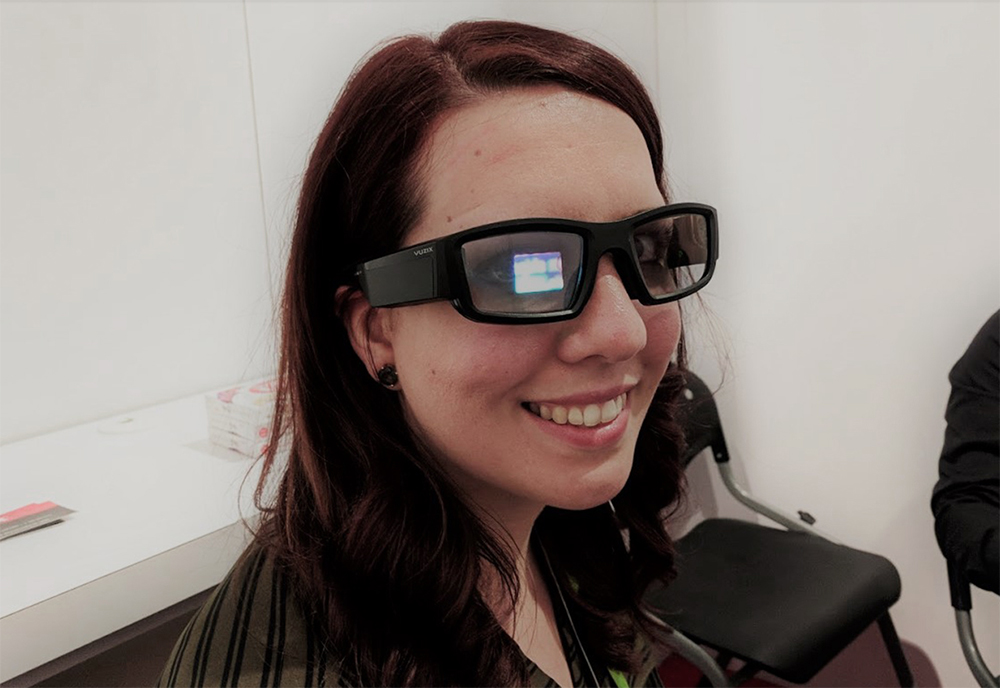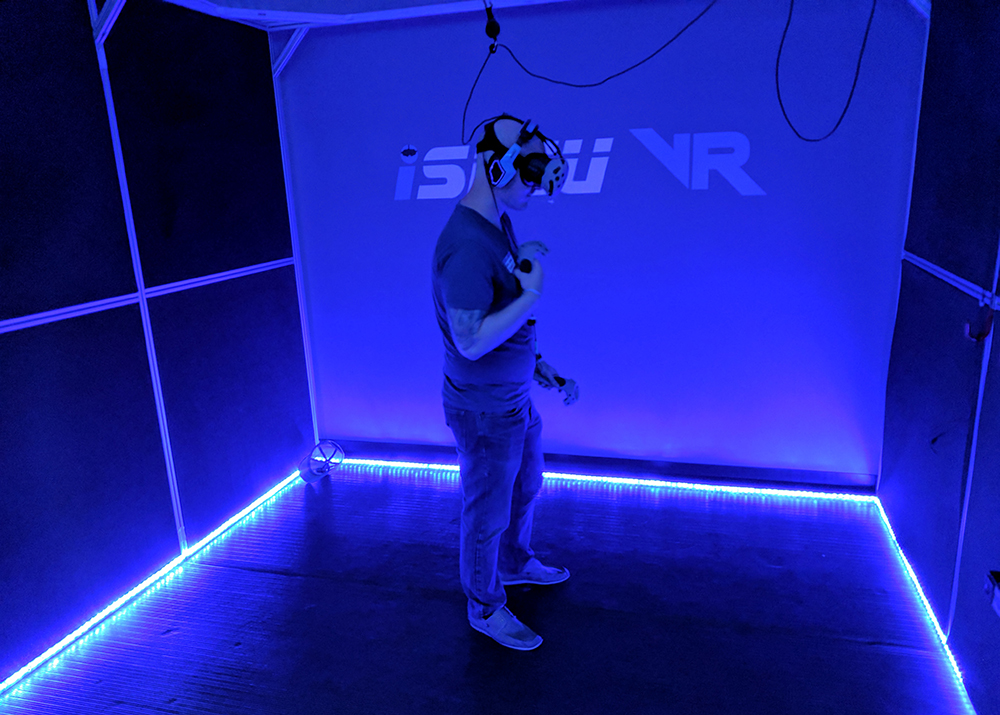
31 Jan Virtual and Augmented Reality Trends to Watch in 2018
2018 is already a month in, and we’re just getting started. What’s coming up next? What do we think will happen this year in regards to the evolution of technology? Here are our predictions for the augmented and virtual reality industry in 2018.
Augmented Reality Will Continue to Shine
AR has been the belle of the ball ever since the launch of Pokemon Go almost a year and a half ago (people still bring it up in meetings all the time). Now that ARKit and ARCore are fully implemented in iOS and Android app development, it’s more streamlined than ever to release an augmented reality experience. But I believe augmented reality will truly shine this year in that content producers and developers will go beyond the gimmicky, one-off experiences. With Apple cracking down on app store releases, they’re pushing developers to come up with something meaningful (not just a one-off activation). They don’t want the clutter, they want genuinely good content and this is going to push the industry. Agencies and studios are going to have to think of new and meaningful ways to launch AR for brands and this is going to create an accelerated progression in the quality of content that we see in 2018.

UX/UI Standardization
It’s truly been the wild west when it comes to development and I think that’s going to change this year. In both augmented and virtual reality, we’re starting to see industry standards and best practices emerge and this will result in a more aligned batch of content in 2018. Whether it’s methods of locomotion in virtual reality or use of physical space in augmented reality, developers are learning from each other and it’s creating a more stable set of guidelines for everyone. I haven’t seen any major publications yet, but as universities and other education platforms are starting to document these, the next group of developers to enter the workforce will have an education built on what our industry has established over the past few years.
Inside-Out Tracking Is Here
We’ve already gotten our first taste of inside-out tracking with the Windows Mixed Reality Immersive Headsets which were released by quite a few manufacturers – Dell, Acer, Samsung to name a few. HTC Vive has also released an inside-out tracking HMD, which is already available in China. Oculus also has an all-in-one headset in prototype stage coined “Santa Cruz”. I predict hardware companies will go straight to the inside-out tracking headsets and completely bypass PC-based, tethered solutions as they make their way into the immersive HMD race.
Smart Glasses In-Hand
2018 will be for augmented reality smart glasses as 2014/2015 was for virtual reality headsets. As developers, we can go to a website and actually purchase these developer kits without waiting months (or years) for delivery. Outside of enterprise use, these glasses won’t be mainstream for another 2 years, but they will prove themselves as the asset they are to businesses. The learnings and innovation that will occur this year due to these developer kits will drastically shape the way these wearables are customized and launched to consumers down the line.

A Killer App Will Emerge
We’re going to get the killer app everyone has been hoping for in virtual reality. The technology has been established for long enough that some developer, some studio, some agency, somewhere has been working on the next big thing that will get everyone hooked. I have no idea what the app or experience will be, but 2018 is the year for the “killer app” – you heard it here first.
Virtual Reality Arcades Will Rise
There are already three virtual reality arcades in Atlanta and I would not be surprised if another few open up in 2018. It’s becoming a popular way to experience virtual reality technology for those who do not want to make the room or financial investment in owning their own hardware. It reminds us of the 80’s and early 90’s where people would go to physical arcades to play their games and we love it! One of the reasons we see this succeeding (and profiting in the future) is that the age range for people who are nostalgic about arcades have their own income and families now. They want to experience a “new age” arcade and want to bring their children to have those same experiences they hold near and dear to their hearts. It’s a recipe for success.

That’s what we see coming down the road in the world of VR/AR. How about you? Give us some of your predictions and engage in the conversation by tweeting us @TheFuturus. Show us what you’ve got, 2018!




